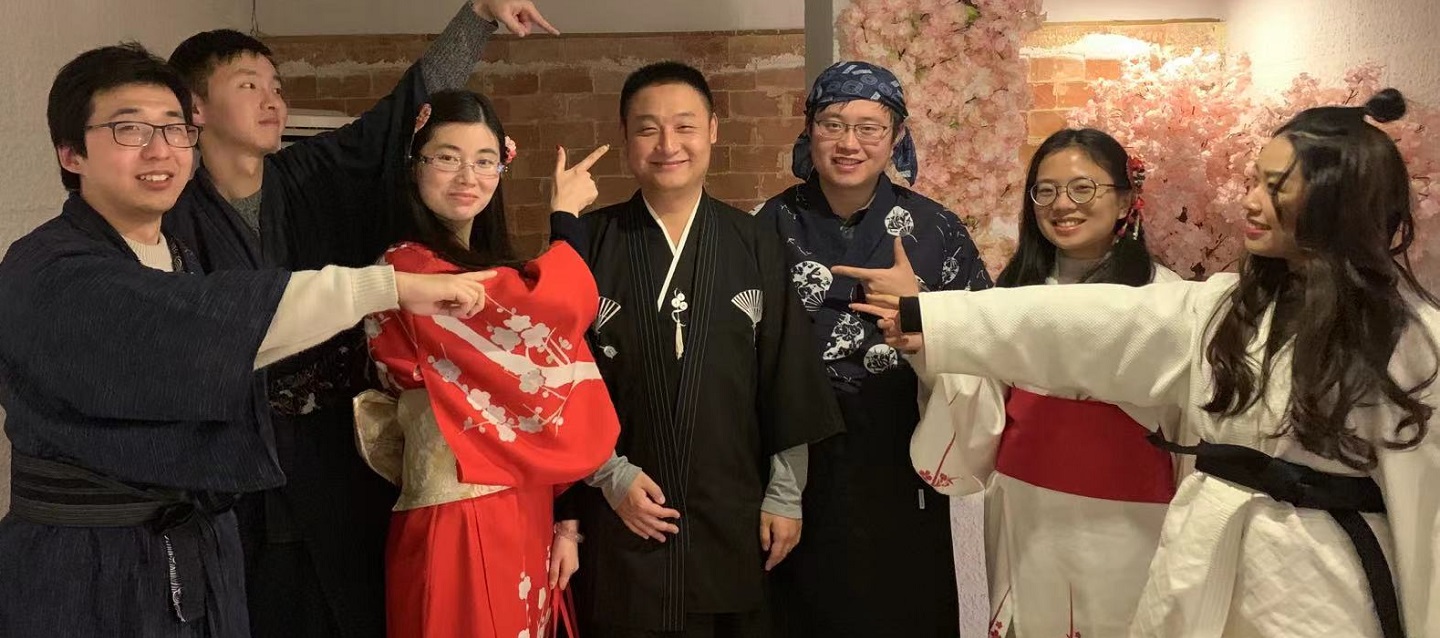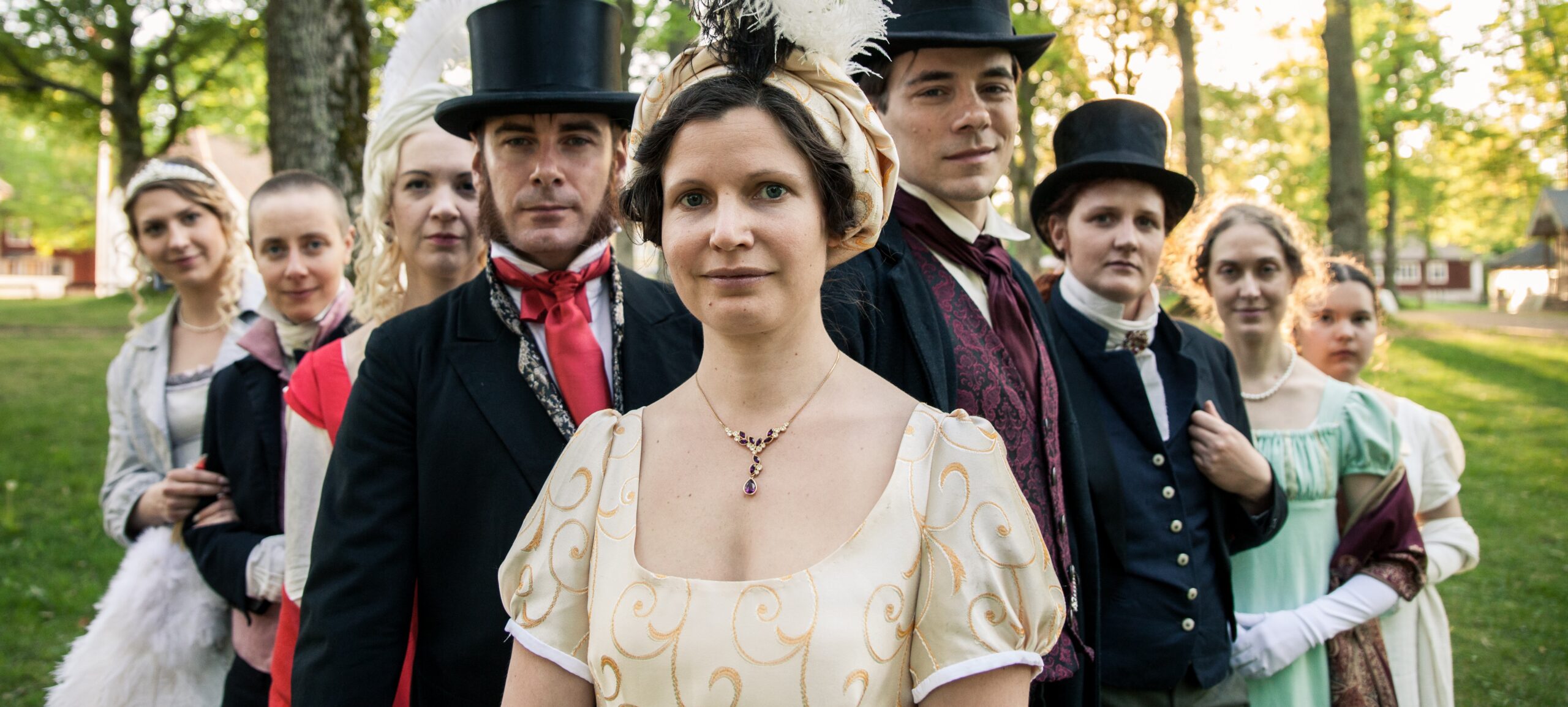Tag: Blockbuster
-

The Chinese Hotpot of Larp
After the explosive growth of the last five years, China now has the biggest larp business in the world. The emergence of pervasive games in China, the largest game market all over the world, was very fast and drastic. The most popular examples, escape rooms (ERs), and murder mystery games (MMG) called jubensha (剧本杀, script
-

White Wolf’s Convention of Thorns – A Blockbuster Nordic Larp
Convention of Thorns is an official White Wolf Nordic-style Vampire: the Masquerade larp. The first run was held between October 27-30, 2016 at Zamek Książ, a castle in Poland. The larp was a joint collaboration between White Wolf and Dziobak Larp Studios. This scenario plays out a crucial moment in the canon of vampiric history,

